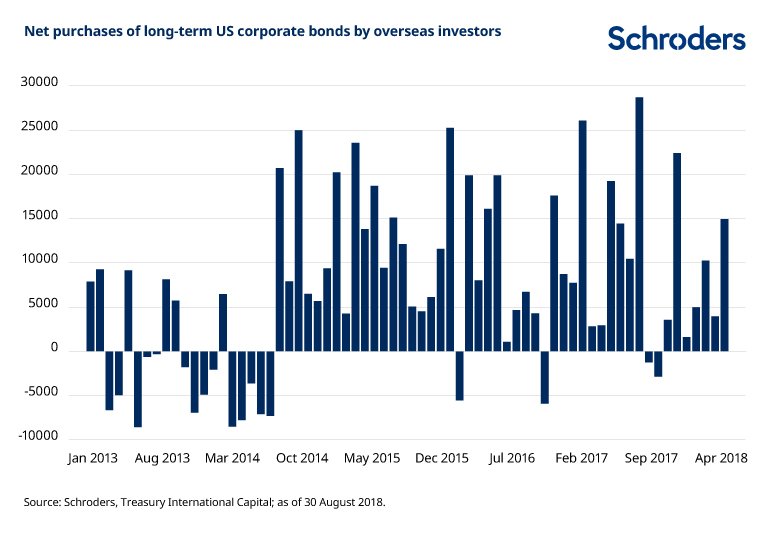Delisting Risk: A Growing Concern For Preferred Stock Investors
Content

In that scenario, one possibility is for the lead private equity sponsor to commit to the entire equity amount in its equity commitment letter and subsequently syndicate a portion to minority investors. Under this structure, the lead private equity sponsor is taking the risk that it will not be able to syndicate its equity commitment to minority investors and could end up having to fund the entire equity amount at closing.
- This structure is commonly known as a “single-dip” liquidation preference.
- With common stocks, however, the value of shares is regulated by demand and supply of the market participants.
- For example, if there were a vote on the new board of directors, common shareholders would have a say, whereas preferred shareholders would not be able to vote.
- Research consistently shows that the market takes the issuance of stock by a company as a sign that the company’s managers—who are in a better position to know about its long-term prospects—believe the stock to be overvalued.
- If the company has only enough money to meet the dividend schedule on one of the preferred issues, it makes the payments on the prior preferred.
- In the leveraged buyout context, a private equity buyer may issue preferred stock to a minority investor to cover a portion of the purchase price that is not funded by the private equity sponsor’s fund or with debt financing.
If the company sold for $60M, the investor would get $10M plus $20M of the remaining proceeds to hit their cap of $30M (50% of the remaining proceeds, $22.5M, would put them above their cap). If they converted all their shares to common and took 50% of the proceeds, they would also receive $30M. All parties need to be mindful of when the minority investor’s commitment becomes effective. A seller will require a commitment in place at the time a definitive agreement between the buyer and seller is signed. However, terms of a potential minority investment are not always finalized at that stage.
Steps to Issue Preferred Stock
Because of the complexity of preferred stock agreements and securities compliance requirements, you should seek legal advice before issuing preferred shares. UpCounsel’s experienced securities lawyers are available on-demand to help with your preferred stock offering. Investors generally have the right to buy and sell preferred shares in the public or private stock markets. The company may also repurchase shares at the current market price if the investor agrees to the sale.
For common shares, the dividends are variable and are paid out depending on how profitable the company is. As an example, Company A can pay out $2 in dividends in Quarter 1, but if they lose profitability in Quarter 2, they may choose to pay $0. Additionally, preferred shares come with a par value, which is affected by interest rates.
Reasons to Consider Using Preferred Stock
But as the evidence suggests, stock financing is proving particularly popular in large deals (see the exhibit “The Popularity of Paper”). In those cases, the potential risks for the acquired shareholders are large, as ITT’s stockholders found out after their company was taken over by Starwood Lodging. It is one of the highest profile takeover stories of the 1990s, and it vividly illustrates the perils of being paid in paper. A third cause of problems is the fact that acquisitions—although a quick route to growth—require full payment up front. By contrast, investments in research and development, capacity expansion, or marketing campaigns can be made in stages over time.
- By diluting their company’s ownership interest, they will also limit participation in any losses incurred either before or after the deal goes through.
- Many investors know more about common stock than they do about preferred stock.
- In many instances, if the preferred shares have a provision to cap their total return by participating on an as-converted basis, the preferred shares will often have a conversion feature that would allow them to fully convert to common stock.
- In many takeover situations, of course, the acquirer will be so much larger than the target that the selling shareholders will end up owning only a negligible proportion of the combined company.
The fine print will determine how much, if any, remains for you and your employees. Common stock represents https://business-accounting.net/ shares of ownership in a corporation and the type of stock in which most people invest.
Preferred Stock, Generally
The size of the preferred stock market in the United States has been estimated as $100 billion (as of early 2008), compared to $9.5 trillion for equities and US$4.0 trillion for bonds. The amount What Happens to a Preferred Stock in a Buyout? of new issuance in the United States was $34.1 billion in 2016. Paid for in shares, and meet a number of other requirements, can be accounted for under the pooling-of-interests method.
- If a preferred issue is non-cumulative and a dividend payment is missed, the shareholders are out of luck; they will, most likely, never receive that money from the company even if and when the enterprise encounters prosperous times.
- PIK grants the holder of the preferred equity additional shares of preferred equity instead of cash, increasing his or her total stake.
- Startup investors often come in as minority shareholders, meaning their shareholding percentage alone will not give them control over the direction of the company.
- Similar to common shareholders, those who purchase preferred shares will still be buying shares of ownership in a company.
- The way an acquisition is paid for affects the tax bills of the shareholders involved.
